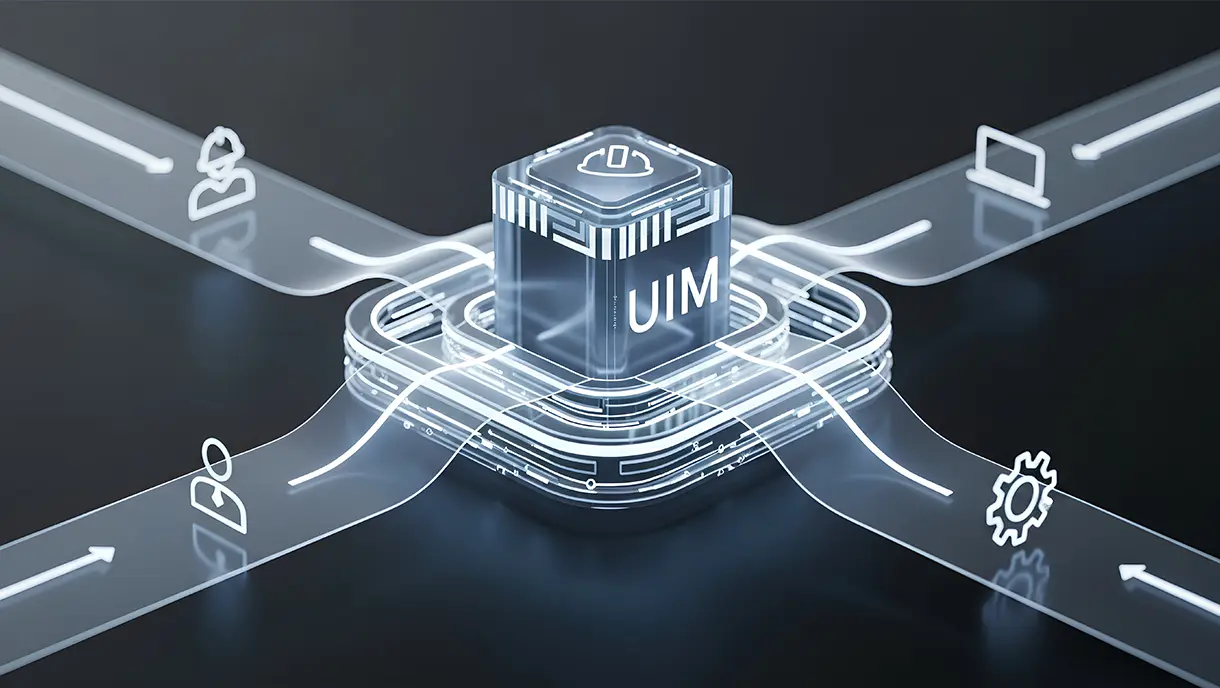Time Clocks: Desk Workers vs. Frontline - One Size Fits All?
This blog explores whether a single time clock solution can effectively serve both desk workers and frontline employees. It compares different types of time-tracking systems, analyzing their suitability for various work environments and job roles. Learn how choosing tailored time clock solutions can enhance accuracy, productivity, compliance, and overall workforce efficiency.

Time clock solutions refer to the various methods employers use to track employee working hours. These solutions are essential in the workplace, as they ensure accurate payment of wages and compliance with labor laws.However, there is an ongoing debate among employers and human resources professionals regarding whether time clock solutions should be the same for desk workers and frontline workers. Desk workers typically work in an office setting, while frontline workers work in the healthcare, hospitality, and retail industries.In this blog, we will explore the different types of time clock solutions available for desk and frontline workers and the arguments for and against using the same time clock solutions for both groups of workers. Ultimately, we aim to provide insights to help employers make informed decisions when choosing the most suitable time clock solutions for their workforce.
Comparison of Time Clock Solutions for Desk and Frontline Workers
Types of Time clock solutions for desk workers
There are several time clock solutions available for desk workers, including:
Punch cards
This traditional method involves employees punching a time card to record their working hours. The data is manually entered into a computer system for payroll processing.
Advantages: Low cost and easy to use.
Disadvantages: Prone to errors and time theft. Requires manual data entry, which is time-consuming and can lead to mistakes. Not suitable for remote workers.
Why not suitable for frontline workers: Frontline workers may not have access to punch cards, and the system is unsuitable for mobile employees.
Biometric time clocks
This method involves employees using biometric technology such as fingerprint scanning to record their working hours.
Advantages: Highly accurate, eliminates time theft, and can be integrated with payroll software.
Disadvantages: Higher cost than other solutions, and some employees may be uncomfortable using biometric data.
Why not suitable for frontline workers: Not suitable for industries where employees wear gloves or have dirty hands, which can interfere with fingerprint scanning.
Web-based time clock software
This method involves employees clocking in and out using a web-based system.
Advantages: Easy to use, accessible from any device with an internet connection, and can be integrated with payroll software.
Disadvantages: Requires a reliable internet connection; some employees may forget to clock in/out.
Why not suitable for frontline workers: Not suitable for industries where employees do not have regular computer or mobile device access.
Should time clock solutions be the same for both desk and frontline workers?
Some employers argue that the same time clock solutions should be used for both desk and frontline workers. The reasons include the following:
Uniformity: Using the same time clock solution for all workers ensures that all employees are treated equally, regardless of their job duties or work location.
Simplification: Using the same time clock solution for all workers simplifies the payroll process by eliminating the need to manage multiple time tracking systems.
Consistency: Using the same time clock solution for all workers ensures consistent data entry and reduces the risk of errors.However, there are potential issues that may arise from implementing the same time clock solutions for all workers, including:
Incompatibility: The time clock solution may not be suitable for all workers due to the nature of their work environment or job tasks.
Accessibility: Some workers may not have access to the same time clock solutions as others, leading to inconsistencies in data entry and potential payroll errors.
Cost: Implementing the same time clock solutions for all workers may be costly, particularly if the solution is unsuitable for some workers and additional time clock solutions must be implemented.
Benefits of using different time clock solutions for desk and frontline workers
Using different time clock solutions for desk and frontline workers can provide several benefits, including:
Better accuracy: Frontline workers may need to clock in and out using different methods, such as biometric systems or mobile apps, while desk workers may use traditional time clock systems. Using different time clock solutions that are appropriate for each group can improve accuracy and reduce the risk of payroll errors.
Improved productivity: Frontline workers often work in fast-paced, dynamic environments where time management is critical. Using a time clock solution optimized for their work environment can help them quickly and efficiently track their time, improving productivity and reducing time wasted on administrative tasks.
Enhanced compliance: Different industries and job types have different legal requirements for time tracking. Using a time clock solution tailored to each group can help ensure compliance with regulations and reduce the risk of legal issues.
Increased flexibility: Different time clock solutions can provide more flexibility for workers, allowing them to clock in and out using the best method. This can improve employee satisfaction and reduce turnover rates.
Improved data management: Different time clock solutions can help employers manage their data more efficiently, as they can choose the solution that best fits their specific needs. This can improve data accuracy and reduce the risk of errors or inconsistencies.
Conclusion
Time clock solutions are critical in tracking employee time and attendance in the workplace. However, the question of whether the same time clock solutions should be used for desk workers and frontline workers has been a subject of debate among employers.
hile using the same time clock solutions for all workers may seem easy, it may not be suitable for all workers due to differences in job tasks, work environment, and legal requirements. On the other hand, using different time clock solutions for desk and frontline workers can provide several benefits, including improved accuracy, productivity, compliance, flexibility, and data management.
Employers must consider several factors, such as cost, complexity, consistency, and training when deciding on the most appropriate time clock solutions for their workforce. It is essential to choose a solution that fits the specific needs of each group of workers and integrates seamlessly with payroll systems to ensure accuracy and efficiency.
In conclusion, deciding to use the same or different time clock solutions for desk and frontline workers ultimately depends on each organization's unique needs. Therefore, employers should consider each option's potential benefits and challenges before implementing a time clock solution that meets their requirements. Ultimately, the goal is to ensure accurate time and attendance tracking, compliance with legal requirements, and improved productivity and employee satisfaction.
FAQs
1. Are punch cards still used in time tracking?
Yes, for desk workers in some businesses, they lack accuracy and are prone to time theft.
2. Why shouldn't the same time clock work for all employees?
Different work environments (office vs. mobile) and tasks (sitting vs. physical) call for specialized solutions like mobile apps for frontline workers.
3. What benefits do different time clocks offer frontline workers?
Increased accuracy with mobile options, improved productivity with faster tracking, and enhanced compliance with tailored solutions for their industry.
4. What should employers consider when choosing time clock solutions?
Cost, complexity, consistency, training, and choosing solutions that fit each worker group's specific needs.
5. What's the ultimate goal of choosing the right time clock solution?
Accurate time and attendance tracking, legal compliance, improved productivity, and happier employees.






Get the latest updates! Subscribe now!




